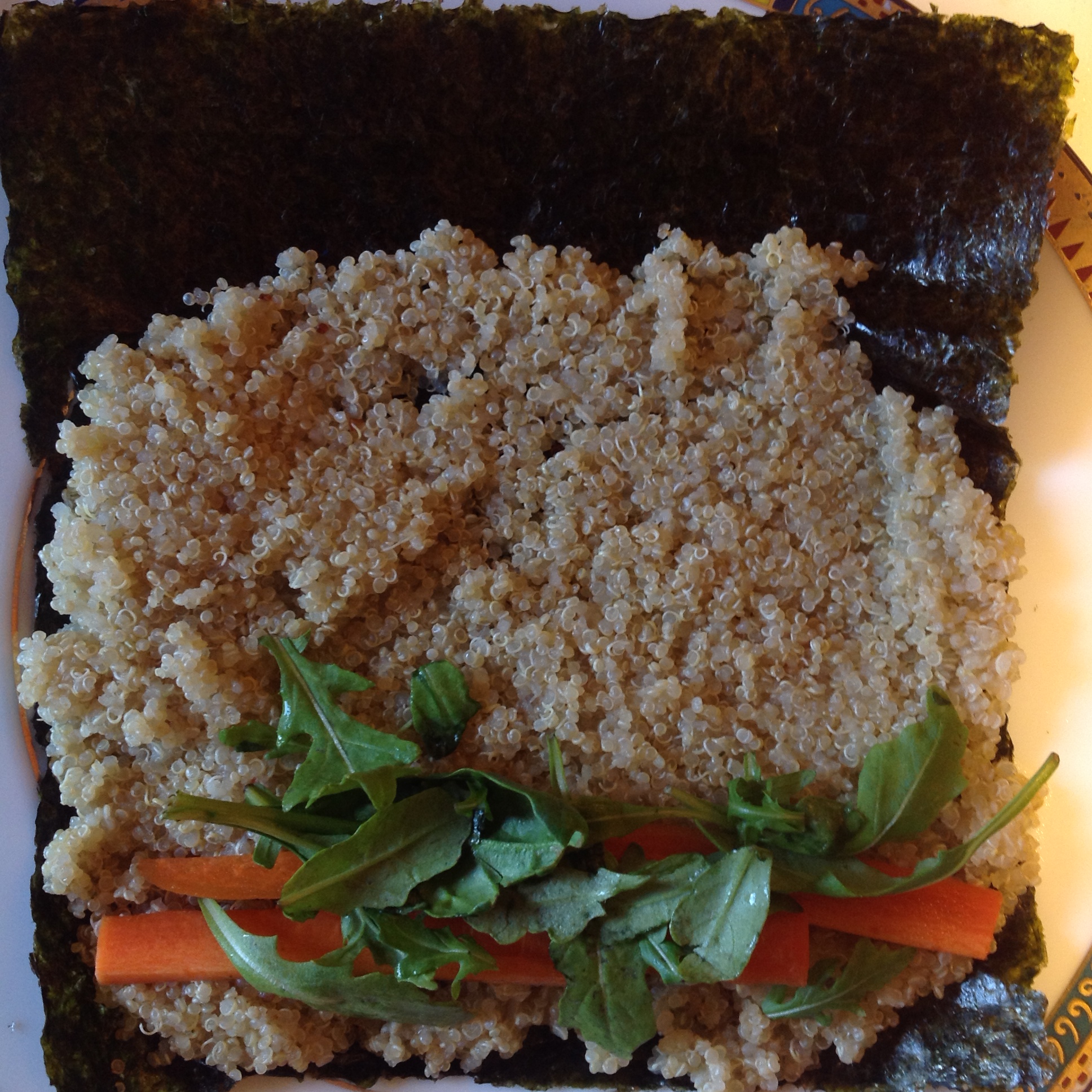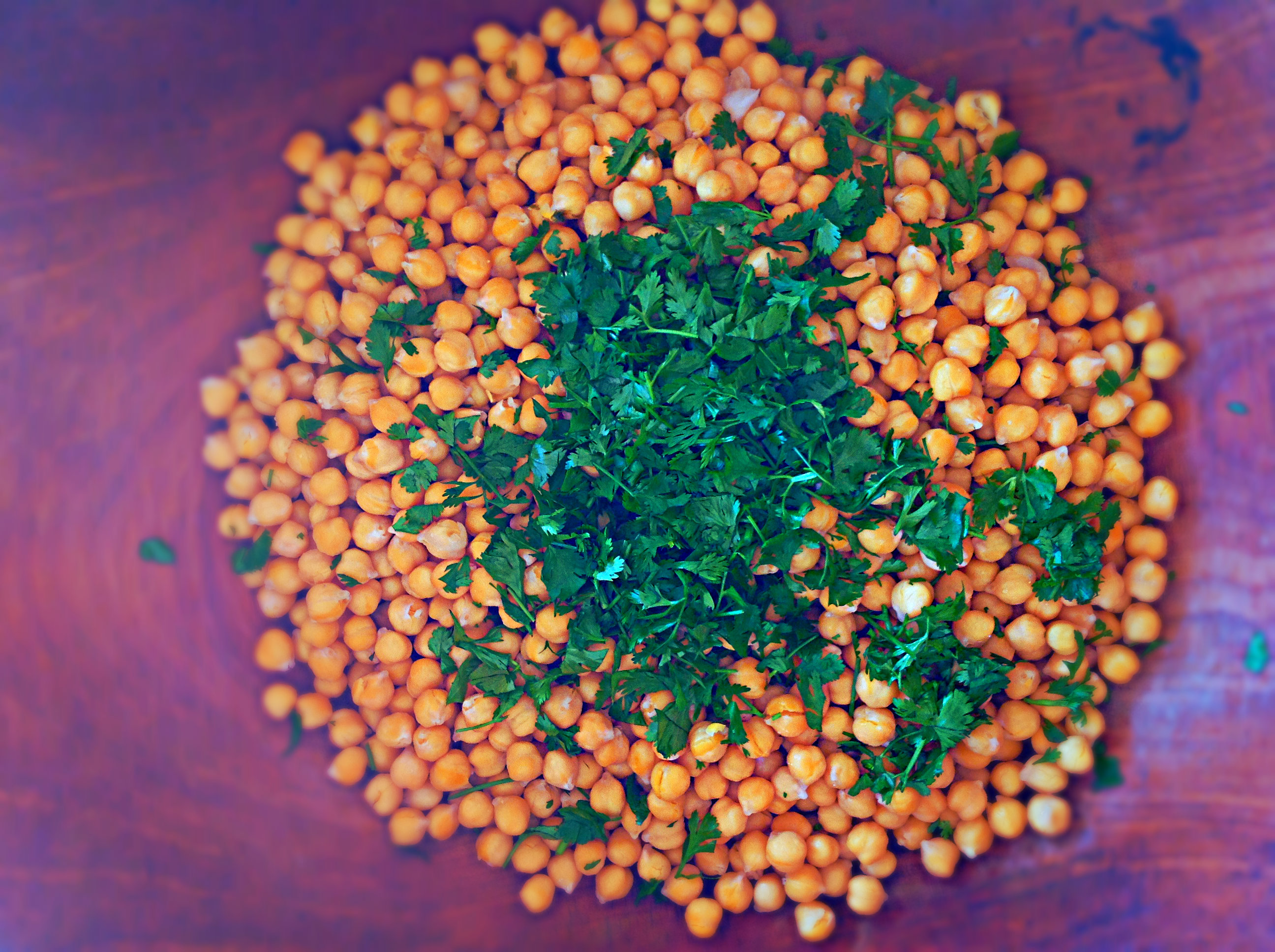I am very lucky to be able to get milk straight from the farm. According to Ayurveda, cow’s milk is considered to be one of the most sattvic, most harmonizing foods on the planet. It is considered to be one of the most nourishing gifts from the mother cow, and the products made from this source are given this same reverence (yogurt and ghee, mainly.)
This has been found not to be many people’s experiences with our modern dairy. The manipulation of the product, as well as the poor treatment of the animals involved, translates into poor quality stuff. I plan to write more about my understanding of raw milk soon, but for now, I’d like to just share my gratitude for this food, and this recipe for making yogurt at home.

What you will need:
1/2 Gallon of whole milk (raw if possible)
2 or 3 T of yogurt ‘starter’ (aka plain yogurt with live cultures from the store is perfect)
A glass thermometer
A tall sauce pan
A container with a lid (Miriam’s Earthen Cookware was PERFECT – I have dedicated my 1 pot to yogurt making. I have also just used a clean dry 1/2 gal mason jar with lid successfully.)
A heating paid with a low setting, or a hot water bottle
A big blanket or towel
Ice and a bigger pot of water, or a sink of water
A clean spoon and/or a whisk for stirring
Directions:
Heat the milk in your sauce pan, over medium/low heat. Stir the milk gently as it heats to make sure the bottom doesn’t scorch and the milk doesn’t boil over. You will bring the milk to 185°F. Turn the heat down when it reaches temp, and try to keep it there for 5 minutes or a bit less. Heating the raw milk does not kill the valuable enzymes, but it does change the protein structure, so the milk can become more solid when the culture is added. I hear that the long you keep the milk right at 185, it sets more thickly, like greek yogurt.
Create an ice bath on your sink, with water and ice. Place your sauce pan in there to let the milk cool to 110°F. Gentle stir.
Remove the milk from the ice bath at 110, and whisk in the 3 T of yogurt.
Incubate the yogurt in order to set it – pour it into the clean mason jar, or Earthenware pot (this is what they use in India, and there is nothing better for taste and texture!) and cover. I set the pot right on the hot water bottle (or a heating pad set veeery low) and then wrap it up in a big blanket, careful that it will not spill. Then I place it in a quiet dark place, like a closet, and let it sit overnight, or all day if I made this in the morning.
Check your yogurt. It should be relatively jiggly and yogurt-like after about 7 or 8 hours. Place it in the refrigerator, and it will get an even thicker consistency. This will also help it to keep for about 10 days to 2 weeks.
I prefer my yogurt to completely cool before enjoying it. Home made yogurt is a bit tang. My favorite ways to use it are alongside curries or recipes like Aloo Gobi for a natural pro-biotic action, or with ginger, cinnamon and honey, alone or with hot cereal.
Yogurt has very similar qualities to Kapha dosha – white, sticky, heavy and cold. It is considered a very nourishing and building food, not to be eaten for those who already have excess mucus in the body, or who are trying to lose weight (exception perhaps in very small amount after meals with digestive spices, called ‘Takram.’) It is best eaten in small amounts for Pitta and Vata, again with digestive spices.
Yogurt and fresh fruit is a poor food combination according to Ayurvedic principles, meaning that it is very hard to digest and can cause ama, or toxin to be formed. If you commonly do this, notice if you have gas or bloating afterward – we only really learn through experience!

Love, Adena















